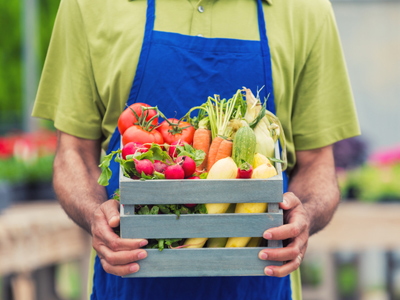

Organic Farming and Diversification
This Geography quiz is called 'Organic Farming and Diversification' and it has been written by teachers to help you if you are studying the subject at middle school. Playing educational quizzes is a fabulous way to learn if you are in the 6th, 7th or 8th grade - aged 11 to 14.
It costs only $19.50 per month to play this quiz and over 3,500 others that help you with your school work. You can subscribe on the page at Join Us
The study of land use and rural change forms a significant part of any geography syllabus and often involves making comparisons between the world's poorest countries and the world's richest. This middle school quiz is about land use in the UK, specifically how farming, a primary sector industry, has changed in recent years.
Ready for more?
not all...
quizzers. Try to win a coveted spot on our Hall of Fame Page.






